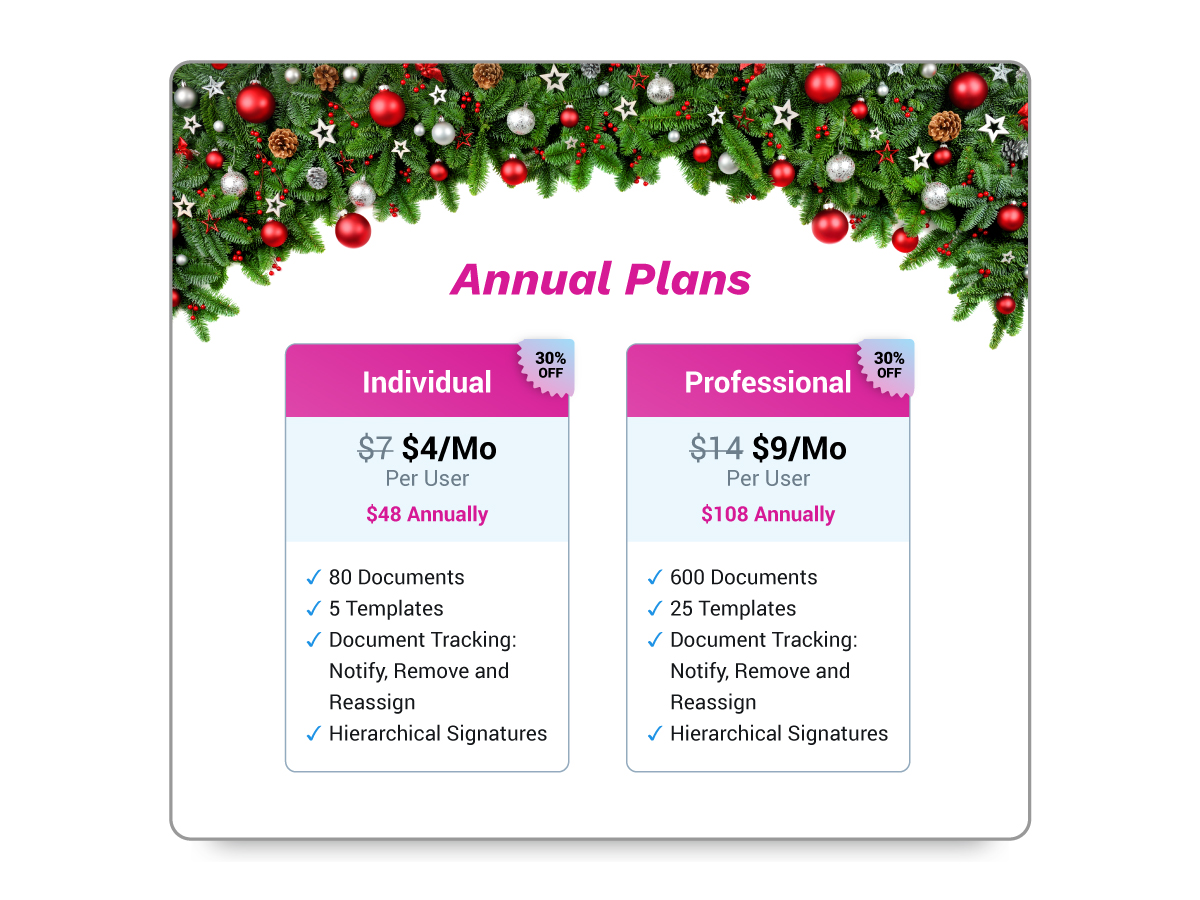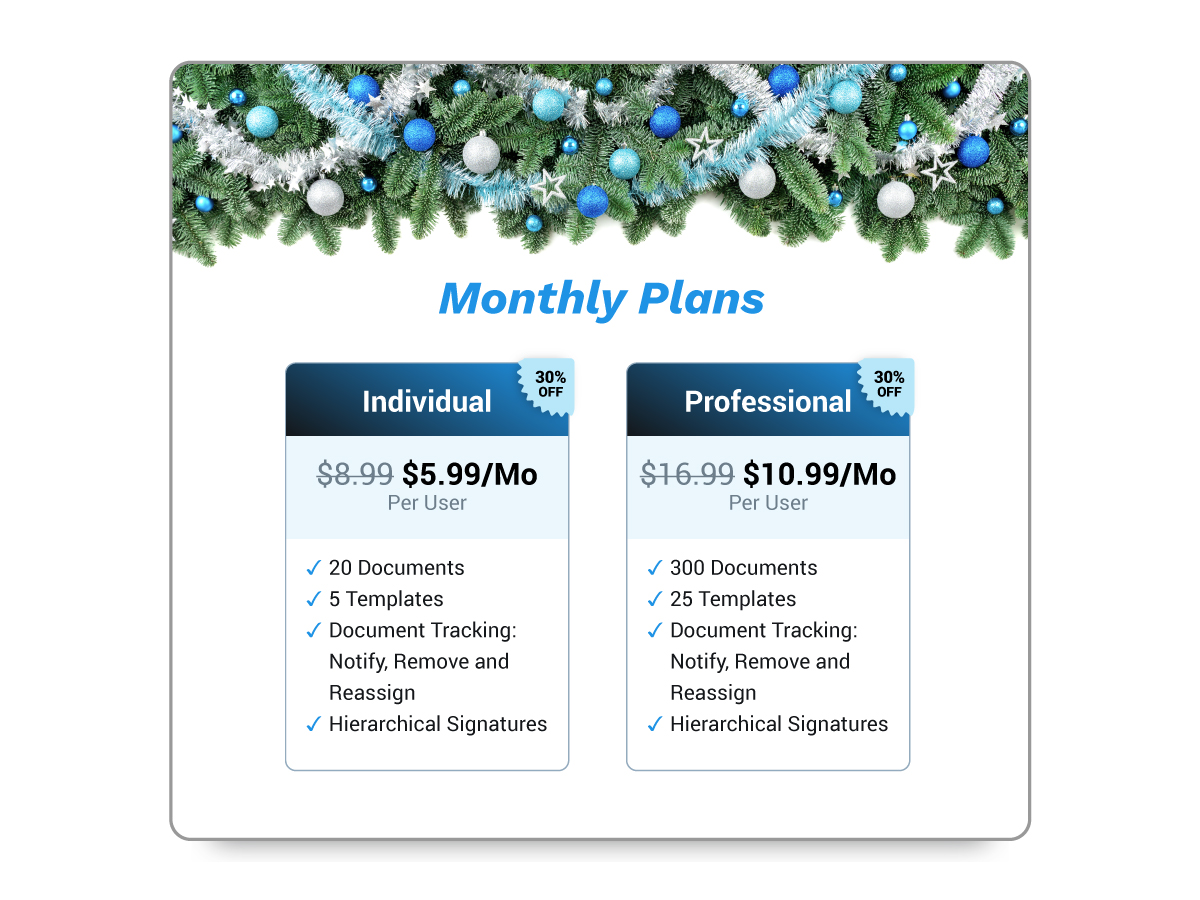Top Digital Trends to watch out for in Business!
The future is completely open, and we are writing it from moment to moment. These words by Pema Chodron imply that the best way to transform your future is by designing it – today! A good business leader can recognize patterns and foresee trends before they are set, steering their team into a productive and secure future. Of course, no one can predict situations like COVID. But, the prowess of good leadership does not necessarily lie in anticipating specific conditions but in the preparedness for situational control, even in contingencies. And more importantly, their ability to make good decisions that impact the future of the business and growth, no matter the situation.
So, how equipped are you to handle contingencies?
This theory has become even more pertinent since the pandemic began. With businesses crumbling under the weight of an imminent economic crisis, adaptation has become crucial, especially to contactless digital workflows. Within this scope of digital transformation, the introduction of electronic signatures has revamped the way businesses conduct transactions, agreements, and contracts. From offer letters and non-disclosure agreements to sales and purchase transactions involving humungous sums of money, e-signing is a welcome solution that enables companies and individuals alike to send & receive attestations that relevant parties can store & access easily without initiating any physical contact.
Yesterday’s Delight Becomes Today’s Need!
If we go by the patterns of technological advancements throughout history, people initially view a newly introduced gadget or system as a luxury. It gradually makes its way to the ‘convenient-and-efficient' category, finally settling at the 'can't-do-without' station. Take the instance of telephones. Their journey has been quite fascinating, from the birth of the first wired telephone in 1876 to rotary dials, followed by push buttons. Later, cordless phones stormed the market. Then heavy mobile phones were introduced, which were replaced by lighter ones. From buttons, we moved to touchpads, and soon even those became passé. Today, smartphones dominate the market. They are an essential integral part of every household and every professional. A vast majority cannot imagine their life without this piece of convenience anymore. If people had to spend a day without their phones, it would be far too complex, if not impossible, to conduct business or even maintain their routine.
Such is the case with electronic signatures, although it has been around for a few decades now. Visionary and futuristic companies absorbed this advancement into their workflows and adapted, leaving them with fewer things to worry about when the pandemic hit. And soon, others followed suit. With the potential to optimize documentation and authorization without the need of being physically present, e-signing is now moving towards being a necessity.
Also Read: Blockchain - The Future of Digital Signatures
Understanding the Process
In case you aren't clued in yet, this is how digital signatures work:
- The sender uploads a document and sends it to the intended recipients through a web-enabled device.
- A unique encrypted hash value is generated using the sender’s private key.
- This cryptographic file is delivered to the receiver using the sender’s public key certificate.
- On receipt, once the receiver digitally signs, the document is sealed with a cryptographic hash for the same file.
- Both hash values from the sender and the receiver must match to verify authenticity.
What’s the Difference and How is it Better?
Digital Signatures are the encryption technology that supports electronic signatures. They are entirely different from wet-inked signatures that are merely scanned and pasted on documents. Digital signatures are embedded with multiple security and tamper-proof features. It uses Public Key Infrastructure (PKI) technology that authenticates, verifies, and secures all participating persons. Hence, nobody can alter a signed document once it is sealed.
Reinforced security features that protect users against all kinds of crimes related to signatures, digital signatures are rapidly changing how corporates authenticate, attest, and authorize documents. With technologically advanced e-signing solutions, businesses now have the opportunity to secure themselves against theft, forgery, cybercrimes, and data leaks in an effective manner elevating the documentation and signing process.
The Impact of E-Signing on Businesses
- The total savings of businesses migrating to e-signature apps from paper, taking into account material, administration, shipping, and subscription costs, is a whopping 55%–78.62%.
- The time difference in obtaining signed documents through electronic signatures is 37 minutes compared to the traditional way, which takes approximately five days.
- Electronic signatures improved productivity by a staggering 85%.
- The average savings businesses accounted for by incorporating electronic signatures into their workflows are $20 per document.
- Businesses witnessed a 500% increase in external customer loyalty after teaming up with an e-signature vendor.
- Organizations saved an estimated 22,000 hours annually post their shift to e-signing.
- Businesses that use e-signature tools can reduce document handling costs by as much as 85%.
- Incorporating eSignatures has significantly reduced scanning errors by 92%.
- Efficient e-signature software can save 2.5 billion trees in less than 20 years.
The Future of E-Signing
A thorough market study involving observing present trends through analytics shows that electronic signatures are already making handwritten signatures obsolete. Here are some aspects to look forward to in this space:
- It will drastically reduce the time professionals spend locating attested files and contracts.
- With location-agnostic services, the need for tête-à-têtes will drop significantly. Contactless authorization will become a preference.
- Many firms will prefer and make it mandatory to e-sign documents due to the security threat in traditional methods.
- Although the industry is not nascent, its usage has widened exponentially only in recent years. There are already sound and stable laws governing the use of electronic signatures. But, we can expect a few additional clauses soon.
- Documentation processes will see increased transparency levels, and the plausibility of signature-based fraud shall dramatically decrease.
- Although businesses have moved towards conserving the environment, their reach is limited because contracts and essential documents are always required to be signed on paper, perhaps even in multiple replications, with each participant storing at least one copy to safeguard their interests. With digital signatures, corporates can genuinely make a significant effort in reducing the load on the environment caused by paperwork.
- Reputed vendors are all engaged in enhancing the safety features of electronic and digital signatures. Moreover, reliable brands are already updating their software for reliable and secure UX (user experience).
- Already the top retail platforms and logistic services use electronic signatures. But, soon, the receipt of every package that is delivered to an office or home shall be authenticated via electronic signatures only.
Stagnating in conventional ways can indeed offer the comfort of habitual ease. However, if your business can adapt to changing times and have an innovative approach to an uncertain future, you can ensure that no matter what industry you belong to, your business will always have a space in the Tomorrow! Learn more about Exela DrySign e-signature solutions here.
Statistical Data Source: financesonline.com
DISCLAIMER: The information on this site is for general information purposes only and is not intended to serve as legal advice. Laws governing the subject matter may change quickly, and Exela cannot guarantee that all the information on this site is current or correct. Should you have specific legal questions about any of the information on this site, you should consult with a licensed attorney in your area.













